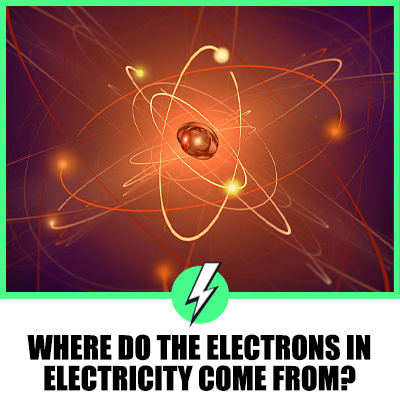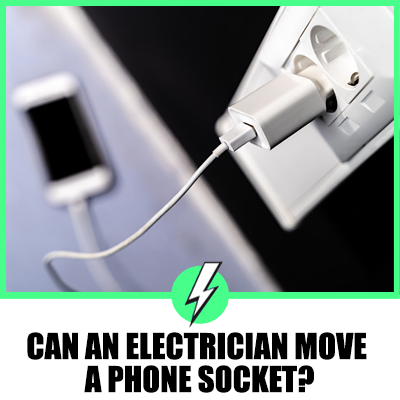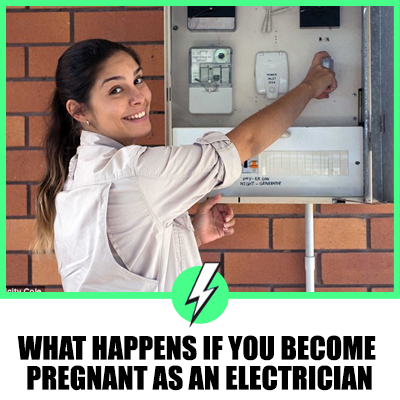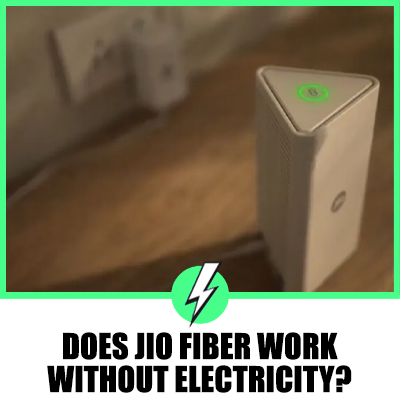Where Do The Electrons In Electricity Come From?
Electricity is an integral part of our daily lives.
It powers everything from our homes to our cars, and even our bodies.
But have you ever stopped to wonder where the electrons that make up this electricity come from?
This question has puzzled scientists and laymen alike for centuries.
In this article, we will delve into the origins of these electrons and how they contribute to the electrical currents we rely on every day.

Contents
What is the Source of Electrons?
Electrons are subatomic particles that exist in every atom of every element.
They are a fundamental part of the universe.
They are not created or destroyed but simply existing as part of the atomic structure of all matter.
In the context of electricity, electrons are the charge carriers that move through a material, creating an electric current.
Where Do Free Electrons Come From?
Free electrons, those not tightly bound to an atom and able to move freely, are the ones that contribute to the flow of electricity.
These electrons come from the atoms of the conducting material itself, such as the copper atoms in a copper wire.
In metals, some of the electrons in each atom are not tightly bound to the atom, but can move freely within the material.
These are the free electrons that allow metals to conduct electricity.
How Do Generators Not Run Out of Electrons?
A common misconception is that generators or other sources of electricity might “run out” of electrons.
However, this is not the case.
Generators, batteries, and other sources of electricity do not supply the electrons that move through a circuit.
Instead, they provide the energy that allows the electrons already in the circuit to move.
In a simple circuit, the electrons move from the negative terminal to the positive terminal of the power source.
However, the power source does not “use up” electrons.
Instead, it provides the energy that pushes the electrons through the circuit.
When the electrons reach the positive terminal, they are “pumped” back to the negative terminal and can start their journey again.
This is similar to a water pump in a closed loop of pipe: the pump does not provide the water, it just moves the water around the loop.
Where Do Electrons Come From and Go?
In a closed electrical circuit, the electrons come from the atoms of the material making up the wires and other components.
They move around the circuit, from the negative terminal to the positive terminal of the power source, and then are pumped back to the negative terminal to start their journey again.
The electrons are not used up or lost, they just keep moving around the circuit as long as there is a power source providing energy.
Insights from Online Discussions
Online discussions provide valuable insights into the nature of electrons and their role in electricity.
One key insight is the comparison of an electric generator to a water pump.
Just as a water pump moves water through a closed loop of pipes without providing the water itself, an electric generator moves electrons through a circuit without providing the electrons.
The electrons are already present in the material of the circuit, and the generator simply provides the energy to move them.
Another important point is the distinction between static electricity and circuit electricity.
In static electricity, a buildup of excess electrons can indeed be depleted, causing the electric current to stop.
This is what happens in a lightning bolt or a spark.
However, in a circuit, the electrons are not depleted but simply move around the circuit.
The current will continue to flow as long as the power source is providing energy.
Finally, it’s worth noting that while the flow of electrons is what we commonly think of as electricity, the electrons themselves are not the electricity.
Rather, the energy that is transferred as the electrons move is the electricity.
This energy can be used to do work, such as lighting a bulb or powering a motor.
Conclusion
In conclusion, the electrons in electricity come from the atoms of the material making up the circuit.
They are not supplied by the power source or used up in the process.
Instead, they move around the circuit, carrying energy from the power source to wherever it is needed.
This fundamental understanding of how electricity works is crucial for both scientists and the general public, as it underpins much of our modern technology and infrastructure.
Whether you’re in the US or the UK, the principles remain the same, and the humble electron continues to power our world.





